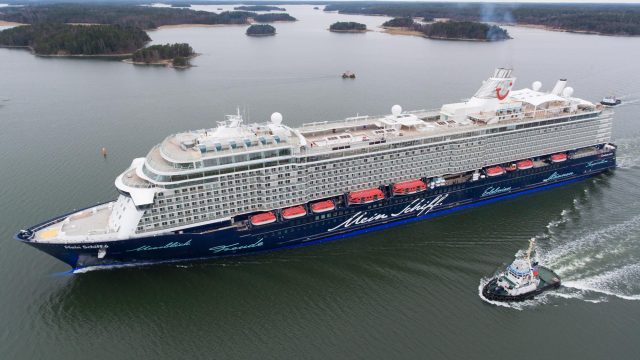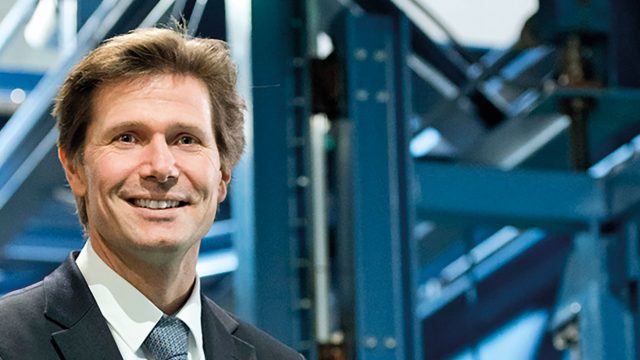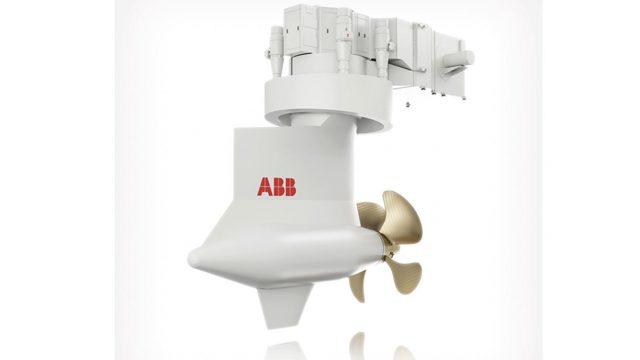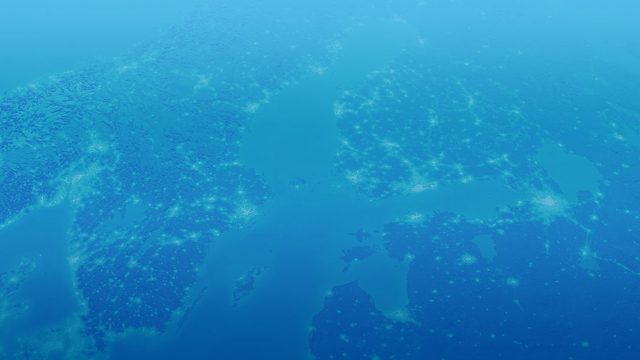
The 160-metre, 25,600 DWT vessel runs on liquefied natural gas, producing over 50 per cent less carbon dioxide than previous-generation vessels thanks to LNG and several technological innovations.
Viikki is full of new technologies, and one of the most important of these is the use of liquefied natural gas (LNG) in the ship’s main engine, three auxiliary engines and the heating boiler. The ship already meets the 2025 environmental requirements.
“In the future, we will call at Helsinki fairly regularly. However, in the near future, we will be operating mainly in the Gulf of Bothnia,” says Mikki Koskinen, Managing Director of ESL Shipping.
Viikki was built in China, after which she sailed to Japan to pick up a cargo of raw materials. From there, the ship reached the Baltic Sea via the Northeast Passage, which shortened the journey from Japan to Finland by three weeks. Using the Northeast Passage also reduced the emissions from the journey by 40% in comparison with travelling via the Panama Canal.
“We are well aware of the debate surrounding the environmental issues in the maritime sector. The design of Viikki and her sister ship, Haaga, began five years ago, and these ships represent everything that can possibly be done for environmental efficiency at this moment in time,” Koskinen says.
“This has been a long project and our entire personnel was involved, so now we are glad that the vessels have arrived in the Baltic Sea. They arrived at a good time,” Koskinen says.



















